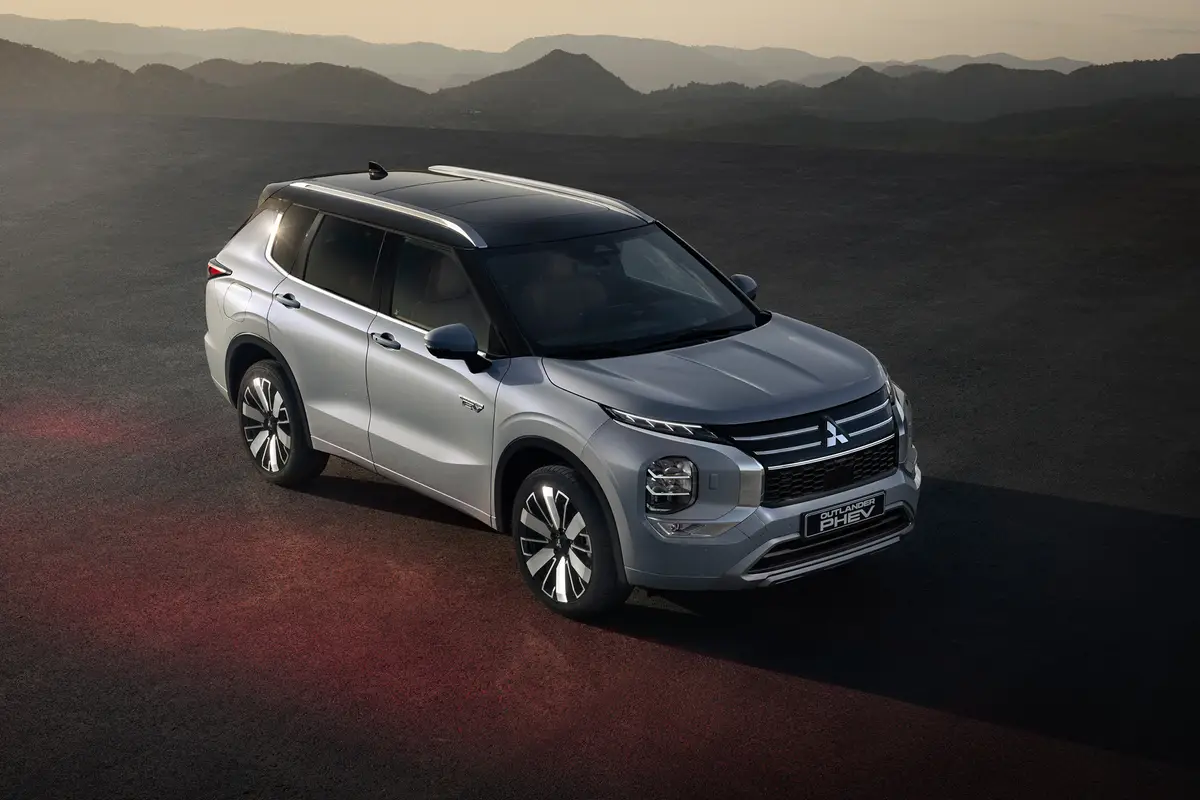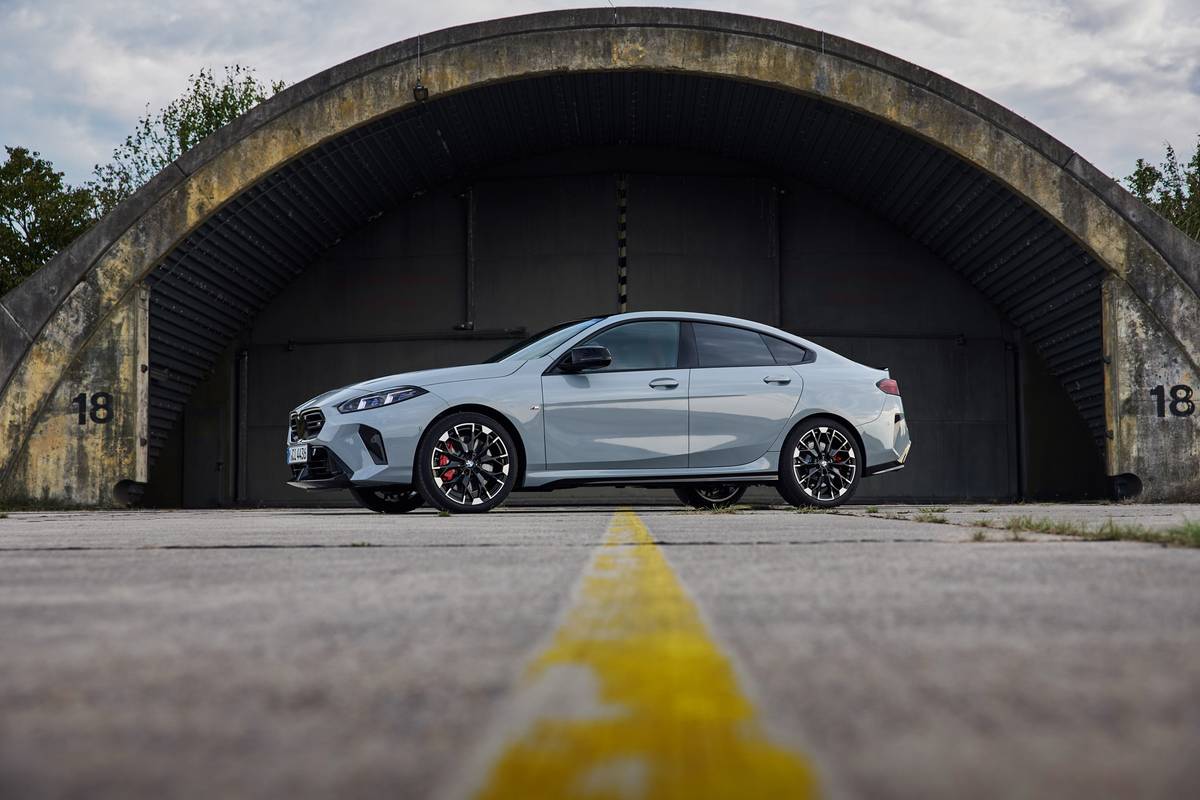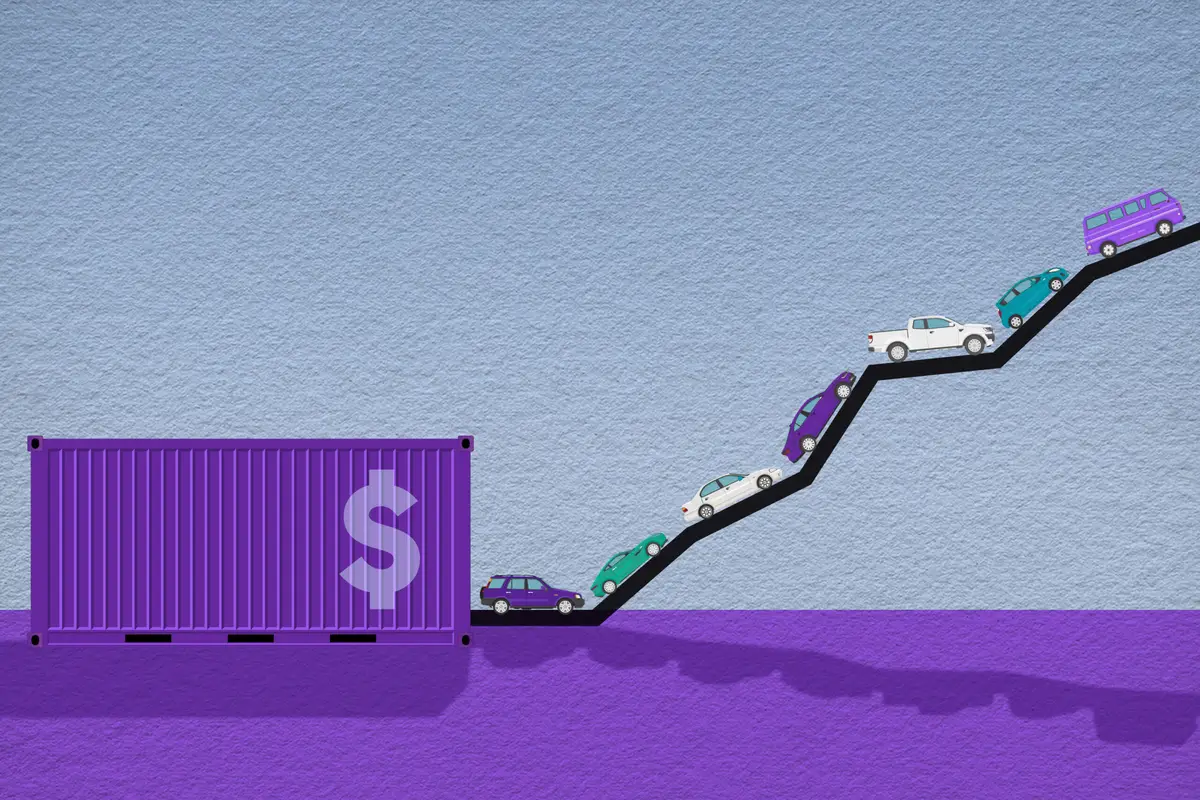chicagotribune.com's view
The Chevrolet Sprint is the eventual successor to the Chevette as the automaker`s lowest-priced, highest-mileage car. Because Chevy may stop building Chevette in December, Sprint doesn`t have long to wait to take over.
Sprint is a welcome replacement, but then the Chevette had grown so old that a quick return of the Vega would have been better than suffering with the tiny, cramped, rear-wheel-drive Chevette.
But in fairness to the Sprint, built by Suzuki of Japan, we`ll stop comparing it to Chevette and let it stand on its own merits, which are considerable.
Sprint is offered as a front-wheel-drive two-door coupe and four-door sedan. We test drove the newest member of the line, the turbo coupe. Though built on an 88.4-inch wheelbase (92.3 sedan) and only 144.5 inches long overall (148.4 inches sedan) the car feels roomier than a Chevette, which is built on a 94.3-inch wheelbase and is 164.9 inches long.
The 1-liter, 3-cylinder carbureted engine in Sprint is lively enough for an economy car.
With the addition of the turbo and fuel injection, the Sprint name becomes appropriate as horsepower jumps to 70, from 48, but feels like more. The turbo generates so much power that you`ll experience lots of torque steer as the nose pulls sharply to the right when speed-shifting.
A 5-speed manual is all that`s available. It shifts so smoothly that it doesn`t take long to realize it`s a Japanese unit from Suzuki and not an arthritic GM-built one.
Though powerful enough to claim zero-to-60 in 9.4 seconds, Sprint still is rated at 37 miles per gallon city/43 m.p.g. highway. We were able to lead the pack away from the light, but, when the gas gauge was almost on “E,“ we got change back from $5 on a fill.
The turbo in the Sprint is intercooled. In case you forget, Chevy put the word “Intercooler“ on the hood with an arrow pointing inside the scoop, where you`ll find it.
The turbo recycles energy usually wasted out the exhaust pipe. The turbo functions by pushing the air/fuel mix into the combustion chamber under pressure to pack more volatile gases into the cylinder, increasing power when ignition takes place.
It`s possible to get even more power by increasing the mixture`s density with an intercooler that cools the air/fuel mix to reduce the volume and allow even more of the mix to be packed into the cylinder. The result is more horsepower.
The turbo model basically is a cosmetically dressed-up version of the Sprint, with plastic air dam, rockers and skirts, wide body side moldings, flush headlamps, white wheel covers, body colored bumpers and sport mirrors.
Standard equipment includes rear window defogger, split rear folding seats that offer massive rear cargo carrying capacity, all-season radial tires, front and rear stabilizer bars and power brakes.
The Sprint has some drawbacks other than steering. The car is so small that semis appear to be on steroids. And on more than one occasion we watched as a semi driver looked twice in his mirror to make sure he saw us and we weren`t a mirage.
Base price is $7,690. Chevy says the target market is the single person younger than 25, making $15,000 to $20,000 a year.
Latest news



